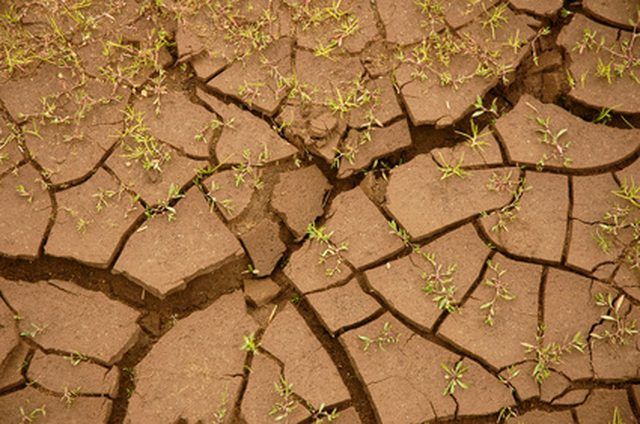Bulbs
Flower Basics
Flower Beds & Specialty Gardens
Flower Garden
Garden Furniture
Garden Gnomes
Garden Seeds
Garden Sheds
Garden Statues
Garden Tools & Supplies
Gardening Basics
Green & Organic
Groundcovers & Vines
Growing Annuals
Growing Basil
Growing Beans
Growing Berries
Growing Blueberries
Growing Cactus
Growing Corn
Growing Cotton
Growing Edibles
Growing Flowers
Growing Garlic
Growing Grapes
Growing Grass
Growing Herbs
Growing Jasmine
Growing Mint
Growing Mushrooms
Orchids
Growing Peanuts
Growing Perennials
Growing Plants
Growing Rosemary
Growing Roses
Growing Strawberries
Growing Sunflowers
Growing Thyme
Growing Tomatoes
Growing Tulips
Growing Vegetables
Herb Basics
Herb Garden
Indoor Growing
Landscaping Basics
Landscaping Patios
Landscaping Plants
Landscaping Shrubs
Landscaping Trees
Landscaping Walks & Pathways
Lawn Basics
Lawn Maintenance
Lawn Mowers
Lawn Ornaments
Lawn Planting
Lawn Tools
Outdoor Growing
Overall Landscape Planning
Pests, Weeds & Problems
Plant Basics
Rock Garden
Rose Garden
Shrubs
Soil
Specialty Gardens
Trees
Vegetable Garden
Yard Maintenance
How to Calculate Topsoil Weight
How to Calculate Topsoil Weight. Calculating topsoil weight isn't exactly rocket science. However, it isn't exact science, either. Topsoil weight varies, depending on the type and consistency of soil and its water content. Sand is lighter than clay. Loam soil, a mixture of silt and sand, is the best soil; silt adds nutrients.The...

Calculating topsoil weight isn't exactly rocket science. However, it isn't exact science, either. Topsoil weight varies, depending on the type and consistency of soil and its water content. Sand is lighter than clay. Loam soil, a mixture of silt and sand, is the best soil; silt adds nutrients.
The topsoil may contain more water content due to recent rains or because of the consistency of the soil: Clay holds more water than sand, for example.
Topsoil is usually measured by the cubic yard—27 cubic feet. One cubic yard of topsoil weighs, generally, one ton—or 2,000 pounds. One ton of topsoil will roughly fill 300 square feet to a depth of 1 inch.
Things You'll Need
Measuring tape
Calculator
Pencil and paper
Calculate Manually
Measure the length in feet of the area of topsoil.
Measure the width in feet of the area of topsoil.
Measure the depth in inches of the area of topsoil. Convert this measurement into fractions of a foot. For example, if the depth measures 4 inches, divide the 4 inches by 12 inches to get 0.33 feet.
Multiply the length times the width times the depth of the topsoil. For example, if you measured 10 feet by 10 feet by 0.33 feet, you would get 33 cubic feet.
Convert cubic feet into cubic yards. Multiply the answer in Step 4 by 0.037, since 1 cubic foot equals 0.037 cubic yard. For example, 33 cubic feet multiplied by 0.037 cubic yards is 1.2 cubic yards. Since 1 cubic yard is roughly one ton of topsoil, 1.2 cubic yards is a little more than one ton of topsoil.
Use a Conversion Calculator
Select an online conversion calculator to determine cubic yards.
Enter the width in feet of the area of topsoil.
Enter the length in feet of the area of topsoil.
Enter the depth in inches of the topsoil.
Press the button marked "Calculate." View the approximate total in cubic yards. Remember that 1 cubic yard is roughly one ton of topsoil.